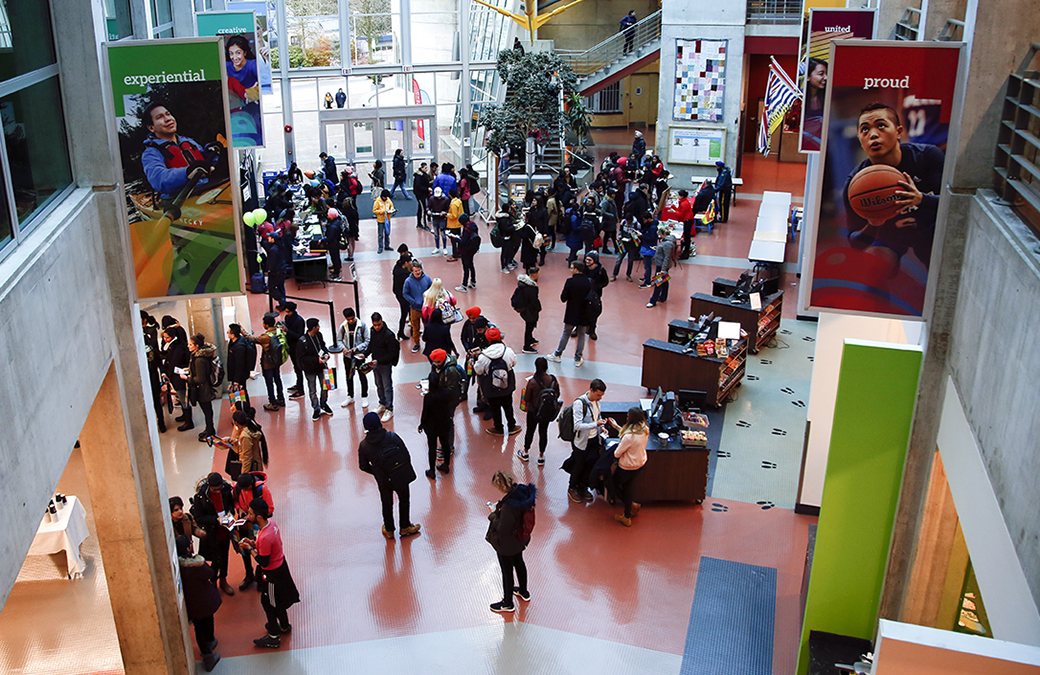Below are some definitions of common financial terms and some terms used in post-secondary budget planning.
Actual: The actual financial revenues and expenditures.
All-Funds: A financial compilation of all financial activities at Capilano that include operations, long-term investments, international, sponsored (contracts), capital, ancillary (Bookstore, Children's Centre, parking) and Foundation.
Amortization: A matching of the cost of the capital asset over its useful life. For example: the Birch building is amortized over 40 years meaning 1/40th of the cost of the building is expensed each year.
Budget: The financial plan for a particular year.
Budget to Actual: The comparison of the plan to the actual results.
Capital Asset: An item that has a serviceable life of more than one year. For example: equipment, software, computers, furniture and buildings.
Deficit: An amount by which a sum of money falls short of the required or expected amount. Also known as a shortfall.
Expense: Costs incurred in the current year. For example, instructional salary paid this year for instruction delivered this year.
Forecast: The estimate of the results by the end of the year. Forecasts are done quarterly and use the actual results from the quarters already complete with estimates for the remainder of the year.
One-Time: One-time revenue items such as a donation or one-time expenditure items such as the construction of the Bosa Centre cannot be used for ongoing programs or salaries.
Operating Fund: The fund that is used for ongoing operations of the university. The vast majority of teaching and support services.
Reserve: Accumulated surplus from prior years. Currently we cannot spend our reserves without permission from the Ministry.
Revenue: Money that is earned in the current year. For example: tuition paid this year for instruction delivered this year.
Surplus: An amount by which a sum of money is in excess of what is required or expected.
Tuition Limit Policy: The government's policy in respect to the maximum amount post-secondary institutions can raise mandatory student fees.
Additional information
- Financial Letter from Ministry of Advanced Education (October 16, 2013) (pdf)
- Board Budget Policy B.206 (pdf)
- Draft Annual Strategic Priorities (November 21, 2013) (pdf)
- Historical Budget Summaries – 2009-2014 (pdf)
- Senate Budget Advisory Committee
- 2014 Core Review Letter (December 17, 2013) (pdf)
- 2014-2015 Budget Process Overview (March 28, 2014) (pdf)
- 2014-2015 Budget FAQs (June 23, 2014) (pdf)
